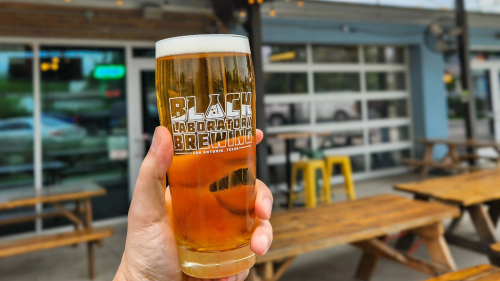In case you missed it, the architectural firm behind Aboretum San Antonio recently released renderings and a master plan for what will become one of the largest arboretums in Texas.
Peruse this timeline of quick hits to learn what you can expect to see completed at each phase of the ~20-year project.
Phase 0
Timeline: 0-2 years
Once completed... a “base camp” for on-site operations will be established at the former Republic Golf Course Club House and maintenance shed, hazards will be mitigated, funding coordinated, a temporary irrigation line laid, and existing walking paths improved. The arboretum will not be open to the public during Phase 0.

The Great Lawn is set to be constructed during Phase 1 of the project.
Rendering via Sasaki
Phase 1
Timeline: 2-7 years
Once completed... the first gardens and tree collections + the parking area, first half of the circulator path, and Visitor Center facilities will be constructed — including the Great Lawn and memorial gardens — and work will have begun on interim landscapes and forested areas.
Phase 2
Timeline: 7-12 years
Once completed... high revenue-generating facilities — the Event Center, Amphitheater, and Nature Center — will be added + the remaining interim landscapes will be maintained.

Phase 3 will include collaboration with San Antonio Water Systems and San Antonio River Authority regarding the connection between the pond and Salado Creek.
Rendering via Sasaki
Phase 3
Timeline: 12-15 years
Once completed... the existing irrigation pond will be transformed into a complex lake and wetland restoration project, which includes the boardwalk system and canopy walk.
Phase 4
Timeline: 15-20 years
Once completed... the arboretum will be completely finished with a new research center, final landscape and trail improvements, and finishing touches.
Bexar County Park + City of San Antonio Parks Parcel
The 18 acres of Bexar County Park land are envisioned as a community-serving county playground. This area may be built asynchronously during each phase.
The 32 acres of SA Parks (aka the “COSA” Parcel) will be preserved, serving as a local genotype seed bank for restoration. A new pedestrian trail network could be added to the land. This area may also be worked on asynchronously.











